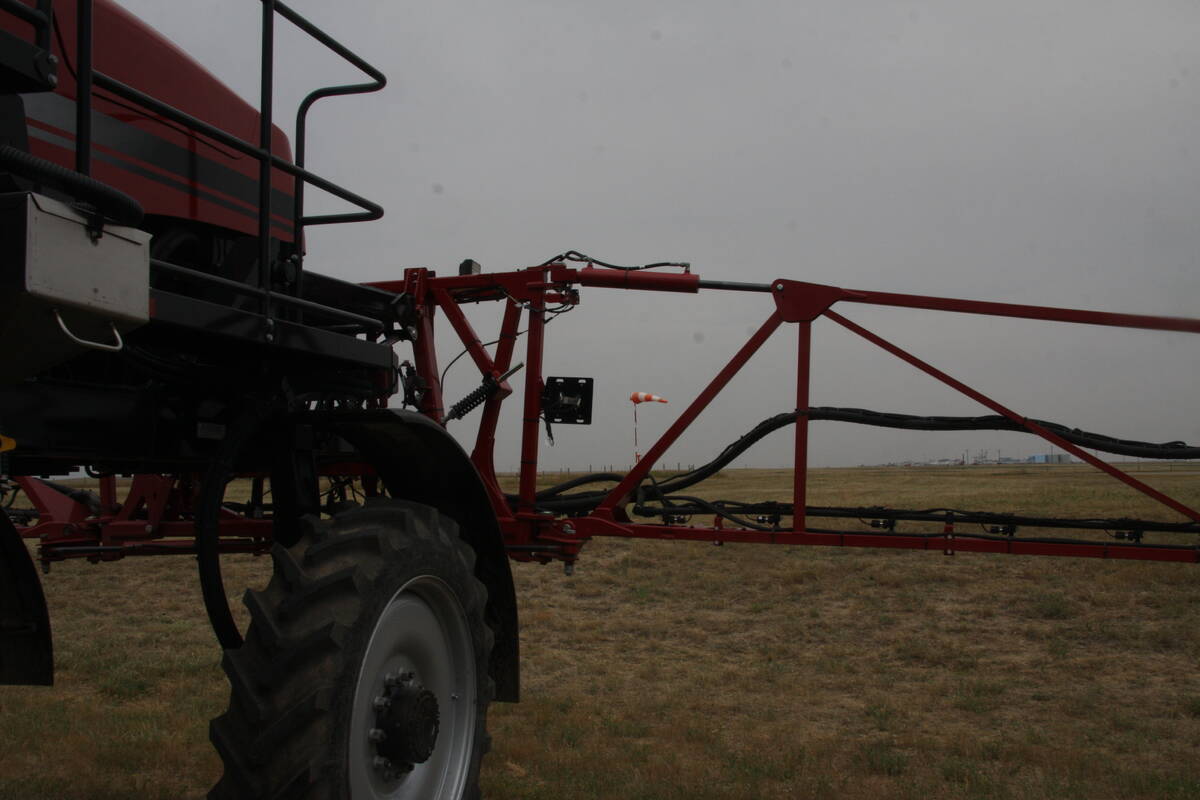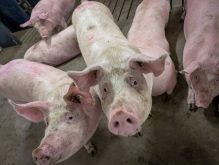The Canadian Food Inspection Agency is offering a $4.1 million incentive for producers to submit more cattle for BSE testing so that international surveillance targets can be met.
While national in scope, the provinces are likely to approach the program in different ways, depending on herd size, available facilities and administration costs.
“We are looking to launch this on a national level and at the same time recognize that different provinces are perhaps at different stages in their development and ability to want to roll this out on a large scale,” said Gary Little of the CFIA BSE team.
Read Also

More work wanted on removing red tape
REGINA — Canadian farmers risk falling further behind competitors if two main federal agencies don’t become more efficient and responsive…
Cattle producers, deadstock collectors, renderers and veterinarians are included in the program and will be reimbursed for collecting samples, tracing animals and holding carcasses.
Samples are required from animals older than 30 months that are downers, dead, distressed or diseased.
Healthy adult cattle slaughtered on the farm will not be tested for BSE.
Animals of any age showing neurological signs consistent with BSE are the highest risk and must be reported directly to the CFIA as required under the Health of Animals Act.
The highest probability of finding BSE would be in animals born before the 1997 feed ban.
A carcass awaiting test results receives a white tag that identifies it as a BSE-sampled carcass. Carcasses must be held until results are received.
Canada announced plans last January to increase BSE testing and surveillance to at least 8,000 high-risk animals this year and at least 30,000 in subsequent years. It tested 5,772 cases between Jan. 1 and Sept. 22. All were negative.
Little said the CFIA hasn’t yet decided if dedicated facilities are needed where these animals can be delivered and tested.
“As we look to increase our slaughter capacity and based historically on what live animal movements have been, certainly there will be opportunities to dedicate plants towards slaughtering those cattle,” he said.
Staff has been trained to recognize the animals and properly collect samples. Once older animals are submitted for testing, veterinarians may also get the chance to observe other diseases.
For example, if old, emaciated cows arrive for testing, vets can assess whether they suffer from Johne’s disease or poor nutrition.

















